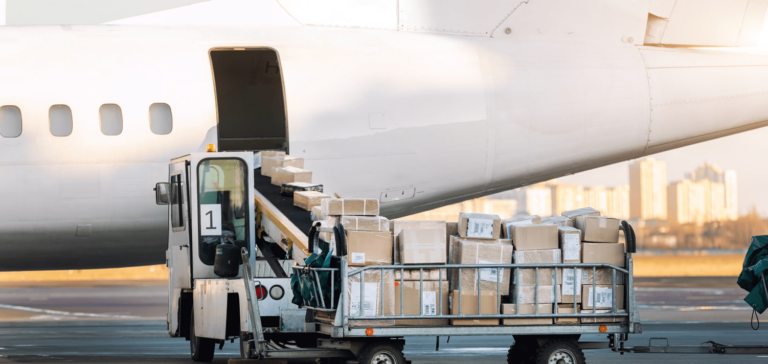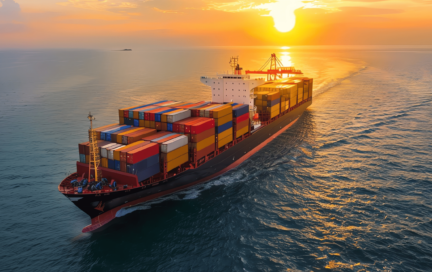Guide to Secondary Shipping Costs: Avoiding Hidden Freight Fees
In part 1 of this series, we looked at some of the more well-known shipping costs including ocean freight, BAF, CAF and landside costs such as cartage, wharfage.
However, there are several other costs which may be imposed on the customer and we will look at those costs in this second part of the series.
Secondary Charges as Part of Ocean Costs
Emergency Risk Surcharge is a cost that is levied by the shipping line mainly to cover for extra precautions, insurance covers that they need to take to protect themselves from piracy and acts of war especially around the Middle East, West Africa and Malacca Straits areas. This could be a previously notified charge in effect for a few years or maybe imposed suddenly depending upon above activities.
Arbitrary Charge (may also be known as on-carriage) is a cost from the shipping line side for the on-carriage of a container from port of discharge to the place of delivery. This is normally a feeder freight for which the shipping line uses a 3rd party feeder.
Peak Season Surcharge is charged by a shipping line during a specific period within the year when the volumes are at peak, especially between September and November. This is a fixed charge per 20’ or 40’ to cover for the export rush. In addition, this surcharge is a way to alleviate for losses in the first half of the year.
General Rate Increase (GRI) is a charge levied to increase prices during periods of high demand across all or specific trade routes to cover for increased operational costs over a period. This is applied by shipping lines as per their calculations and the quantum of the rate increase is decided by them – generally based on the supply and demand on that route.
Secondary Charges as Part of Landside Costs
Congestion Surcharge when it is applicable, is a charge levied by the shipping line to cover for delays caused due to congestion at the port of load or discharge. There are certain ports which are highly congested and due to this, the ships must wait at anchor before they are given a berth at the port. Sometimes these delays could run into days which means the ship doesn’t any revenue and therefore this congestion surcharge is levied to compensate for these losses.
VGM surcharge maybe levied by some shipping lines, freight forwarders or shippers themselves as a cost to cover for the administration required for the weighing, monitoring and recording of the VGM information before a container is loaded.
Manifest Correction Fee is a fee levied by a shipping line or their agent when there is a request to amend anything in the shipment details that is already manifested. It is charged to cover the extra administrative work that the agent must do to amend the manifest, prepare the corrector, transmit to the discharge port and ensure that the amendment is acknowledged.
Conclusion
The charges discussed above may not always be advised by the shipping line or covered in their quotation. Hidden costs in a shipping transaction could be quite detrimental to a client and a prudent shipper and consignee should always ensure that they understand all the charges quoted by the shipping line and to ensure that there are no hidden costs.
Transparency in all transactions is important. So there are no surprises, a good freight rate is one that not only shows all the levied charges but also how the forwarder profits from these arbitrary surcharges.







